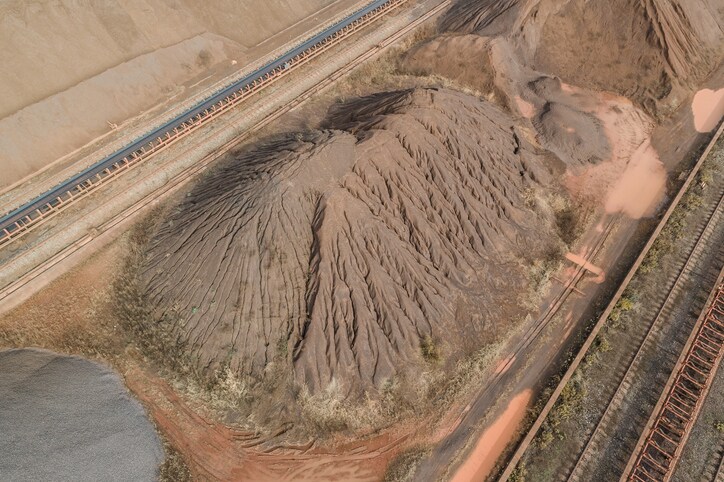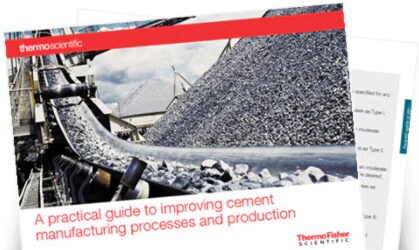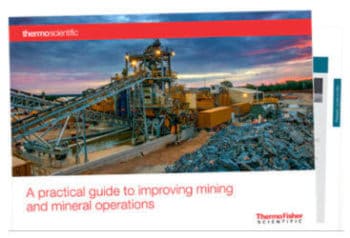 The USGS defines iron ore as a mineral substance which, when heated in the presence of a reductant, will yield metallic iron (Fe). It almost always consists of iron oxides, the primary forms of which are magnetite (Fe3O4) and hematite (Fe2O3). It’s a major ingredient in steel.
The USGS defines iron ore as a mineral substance which, when heated in the presence of a reductant, will yield metallic iron (Fe). It almost always consists of iron oxides, the primary forms of which are magnetite (Fe3O4) and hematite (Fe2O3). It’s a major ingredient in steel.
According to the latest USGS Iron Ore report:
In 2018, mines in Michigan and Minnesota shipped 98% of the usable iron ore products in the United States with an estimated value of $4.1 billion. The remaining 2% of domestic iron ore was produced for non-steel end uses. Seven open-pit iron ore mines (each with associated concentration and pelletizing plants), and three iron metallic plants—one direct-reduced iron (DRI) plant and two hot-briquetted iron (HBI) plants— operated during the year to supply steelmaking raw materials. The United States was estimated to have produced 2.0% and consumed 1.6% of the world’s iron ore output.….
Globally, iron ore production in 2018 was expected to increase slightly from that of 2017, primarily owing to increased production in Australia and the completion of a mine in Brazil.
U.S. resources are estimated to be 110 billion tons of iron ore containing about 27 billion tons of iron. U.S. resources are mainly low-grade taconite-type ores from the Lake Superior district that require beneficiation and agglomeration prior to commercial use. World resources are estimated to be greater than 800 billion tons of crude ore containing more than 230 billion tons of iron.
The only source of primary iron is iron ore, but before all that iron ore can be turned into steel, it must go through the sintering process. Sinter is the primary feed material for making iron and steel in a blast furnace. According to the U.S. Environmental Protection Agency, the sintering process converts fine-sized raw materials, including iron ore, coke breeze, limestone, mill scale, and flue dust, into an agglomerated product, sinter, of suitable size for charging into the blast furnace.
The production of high-quality sinter is crucial for assuring consistent, stable furnace productivity with a low consumption of reductants. Sinter quality begins with the mined iron ore and the proper selection and mixing of the raw materials. Inhomogeneous raw mix can affect permeability and cause an increase in fuel consumption.
During the iron ore sintering process in iron and steel manufacturing, an online analyzer can be used to determine the elemental composition of the bulk raw materials in sinter feed. How do these analyzers work and what kind of technology do they utilize? We’ve put together a list of our most frequently asked questions about sinter and sinter analysis technology on the Online Elemental Analysis of Sinter FAQs page of our website.
If you want to know more about sintering and the analysis of materials in the process, watch this three-minute video on the sinter process (scroll to the bottom of the page).






Leave a Reply